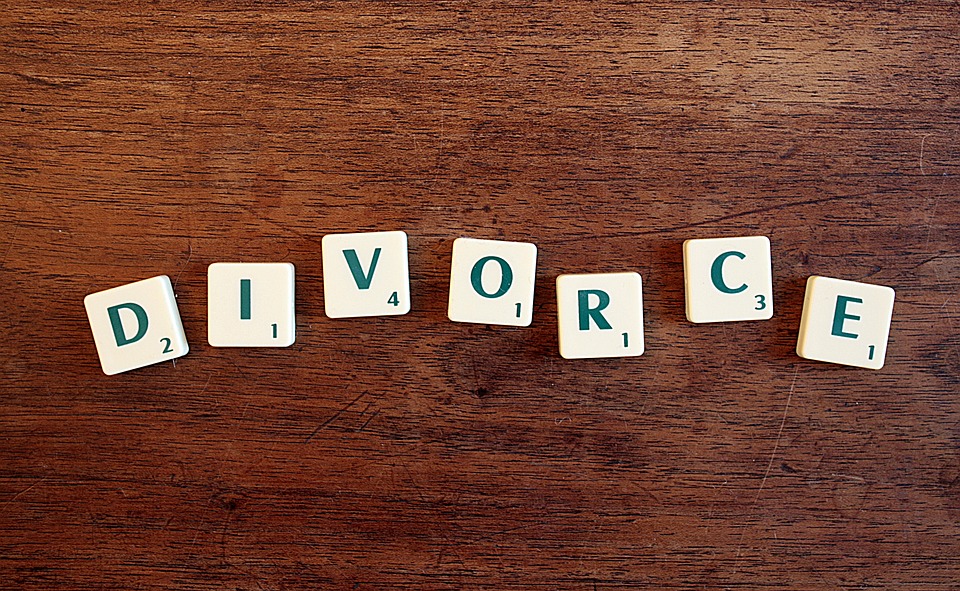
Divorce is a long and complicated process that requires a great amount of patience and attention. When a couple goes through a divorce, there are many things for them to consider. In order to dissolve their marriage and move forward, both spouses need to make a variety of decisions. In the state of New York, there are several ways to divorce that allow a couple to separate their lives. Each type of divorce may be suited for different couples depending on their personal situation. When going through a divorce, a skilled attorney from Suffolk Country can guide you through the process.
Contested Divorce
When a couple cannot come to terms of separation, it is considered a contested divorce. This is when neither spouse signs an agreement and leaves certain marital issues unsolved. When this happens, those decisions may be left in the hands of a judge. Marital issues can include child support, child custody, the division of assets, and alimony.
In a contested divorce, a spouse may cite “fault” or “no-fault” grounds. “Fault” grounds cover any situations relating to adultery, habits of intoxication, abuse, desertion, or prison sentences of 5+ years. When a spouse cites no-fault, this holds neither party responsible for the dissolution of marriage and the divorce process may begin.
Uncontested Divorce
When a couple goes through an uncontested divorce, neither spouse is holding the other responsible for the end of the marriage. This is when they both believe the marriage cannot be mended and agree to the conditions of their divorce. This type of divorce is also known as an “Irretrievable Breakdown of Marriage.” There are two types of irretrievable breakdowns. A “1A” divorce is when the couple agrees on all issues relating to the divorce. A “1B” divorce is when those issues are left unresolved.
Mediation
Instead of going to trail for divorce, couples often seek other alternatives. One option available to divorcing couples is mediation. This gives couples the opportunity to negotiate the issues at hand with the help of an unbiased third party. This third party listens to both spouses’ opinion and helps them come to an amicable agreement. These conversations may cover assets, child support, child custody, and alimony. After the spouses can reach an agreement, the mediator will present a signed document of proof to the court.
Collaborative
Like mediation, a collaborative divorce happens outside of the court. In a collaborative divorce, the couple will participate in four-way meetings. These meetings are guided by attorneys who can help the separating couple come to an agreement on marital terms.
Arbitration
Another option for divorce is arbitration. This also involves a third party, but unlike mediation, they serve to act as a judge. This third party makes the final decisions regarding marital issues. These matters may include child custody/support, spousal support, and distribution of assets.
Contact our Firm
If you or someone you know is considering a divorce and wish to seek legal counsel to guide them, contact Peter V. Mandi & Associates, Inc. today.
Peter V. Mandi, Esq. is an experienced divorce and family law attorney located in Bohemia, New York. If you require strong and dedicated legal representation in Long Island, New York, contact Peter V. Mandi & Associates, Inc. today for a free consultation.
